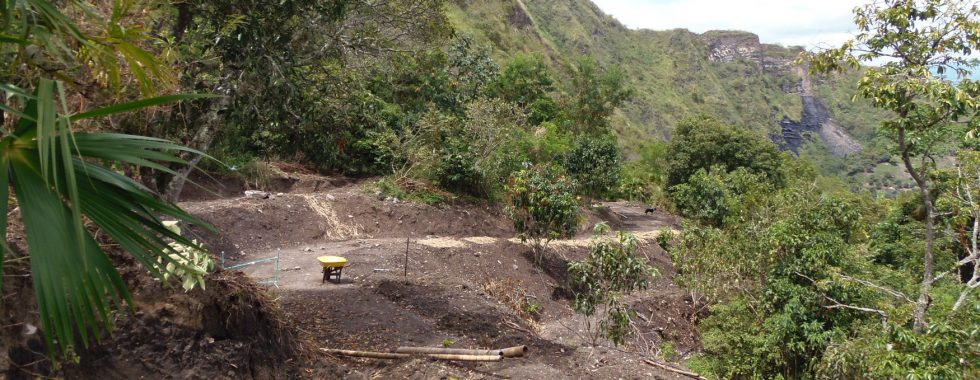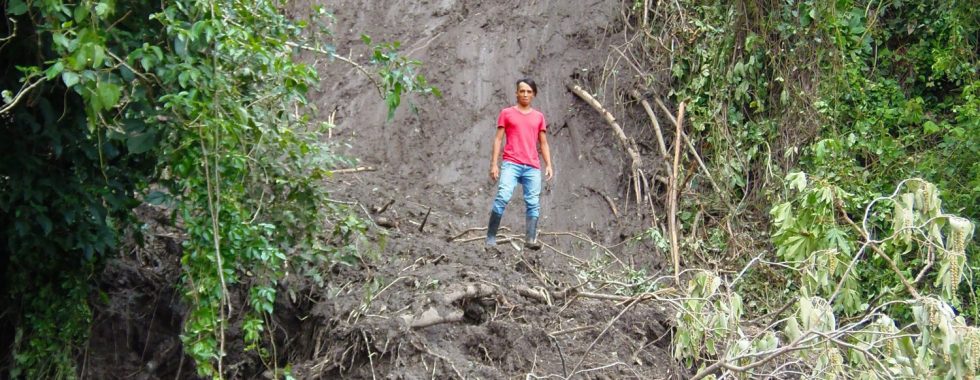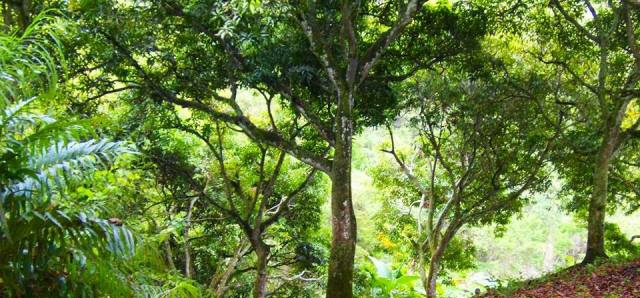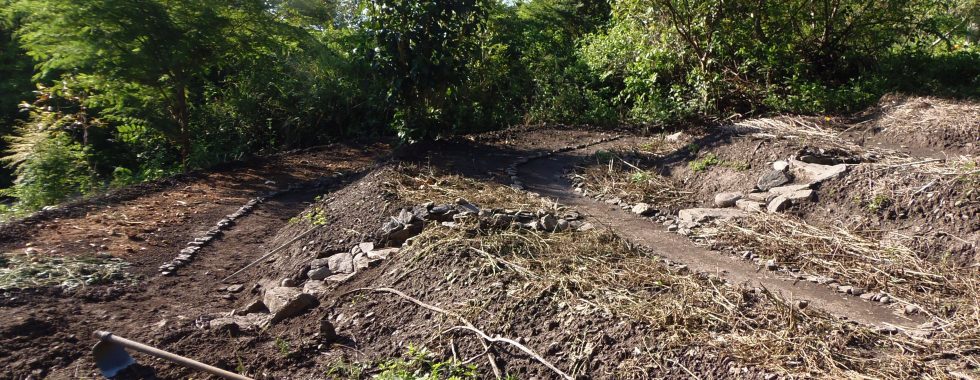Permaculture
Working with nature to heal our planetWhat is Permaculture?
Why is it so important?
Permaculture is a design science aimed at creating regenerative systems for human habitat. Permaculture can be implemented on small scale and broad scale sites, in either urban, suburban or rural settings. A Permaculture approach to habitat design can go beyond ecological sustainability, because it allows to aim for rehabilitation of ecosystems.
Promoting biodiversity is an important part of our approach, although it is rather the amount of beneficial connections between species that benefits ecosystems than just the amount of species present.
Permaculture is based in ethics:
- Earth care
- People care
- Return of surplus, also referred to as future care, or fair share
Permaculture is often confused with applying specific practices, for example composting, or water management. Although these practices have a place within the Permaculture approach, they are not the same thing. Permaculture is the designing of the human habitat in an efficient way after a thorough analysis of the terrain, the available resources, the desired use of the property, the energy flows (like wind -cooling, heating, fire risks- and water -floodrisk, irrigation options, soil hydration etc-) and other factors. As such Permaculture is more of a framework, or a method of analysis, that allows for an efficient use of specific practices which have to be in accordance with the three Permaculture ethics.
To learn more about Permaculture you can search the internet. Ever more information is available. Or you can scroll down this page…
Our articles on Permaculture
Descriptions, things we do, opinions
Failure or opportunity?
About a year ago we started talking about failure. What if this project is just too complicated for us? What if we cannot secure enough funding to do all the... Read More
Learn MoreLandslides and Water Management
We had quite a wet rainy season earlier this year and then we were hit by a severe rainstorm in May. At sunrise we wanted to look around a bit,... Read More
Learn MoreTrees, Water and Climate
For many years we’ve been hearing about how rising CO2 levels are causing our climate to change. We’ve always wondered why other factors influencing our climate are hardly being discussed.... Read More
Learn MoreTerraces
We’re pretty sure most people would have difficulty recognizing our land as a farm. There are no neatly kept beds filled with straight rows of vegetables. Instead our land is... Read More
Learn MorePowers of Observation
Within Permaculture we see nature as our ultimate teacher. She will demonstrate how species interact with each other and their surroundings and which effects you can expect from it. She... Read More
Learn MoreThe Base Of Our Existence
The soil is quite literary the base of our existence. All minerals and elements are present in the ground. The quality of the soil determines the quality of all that... Read More
Learn More








